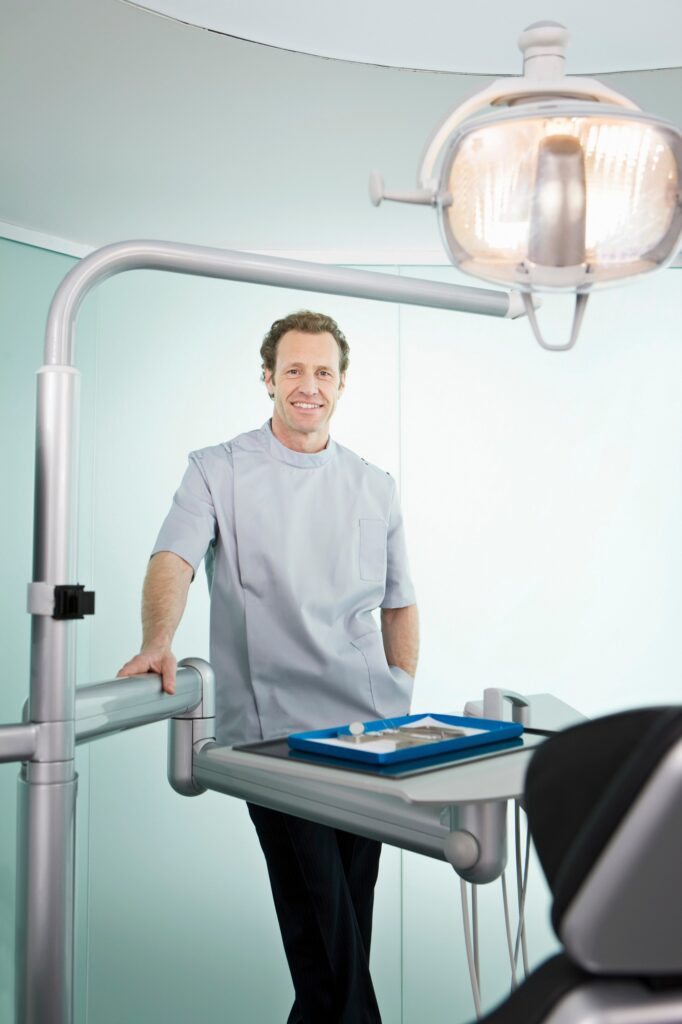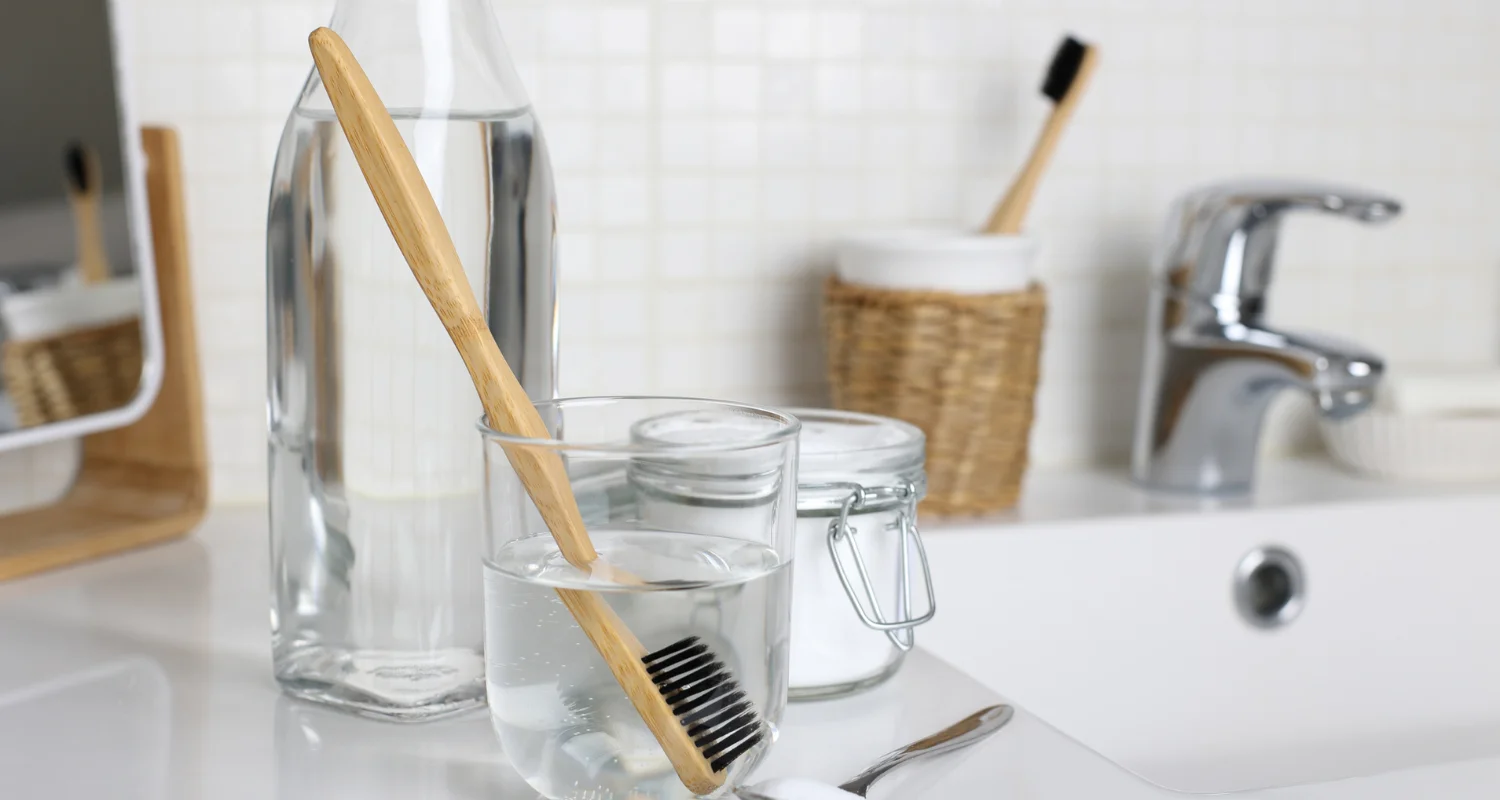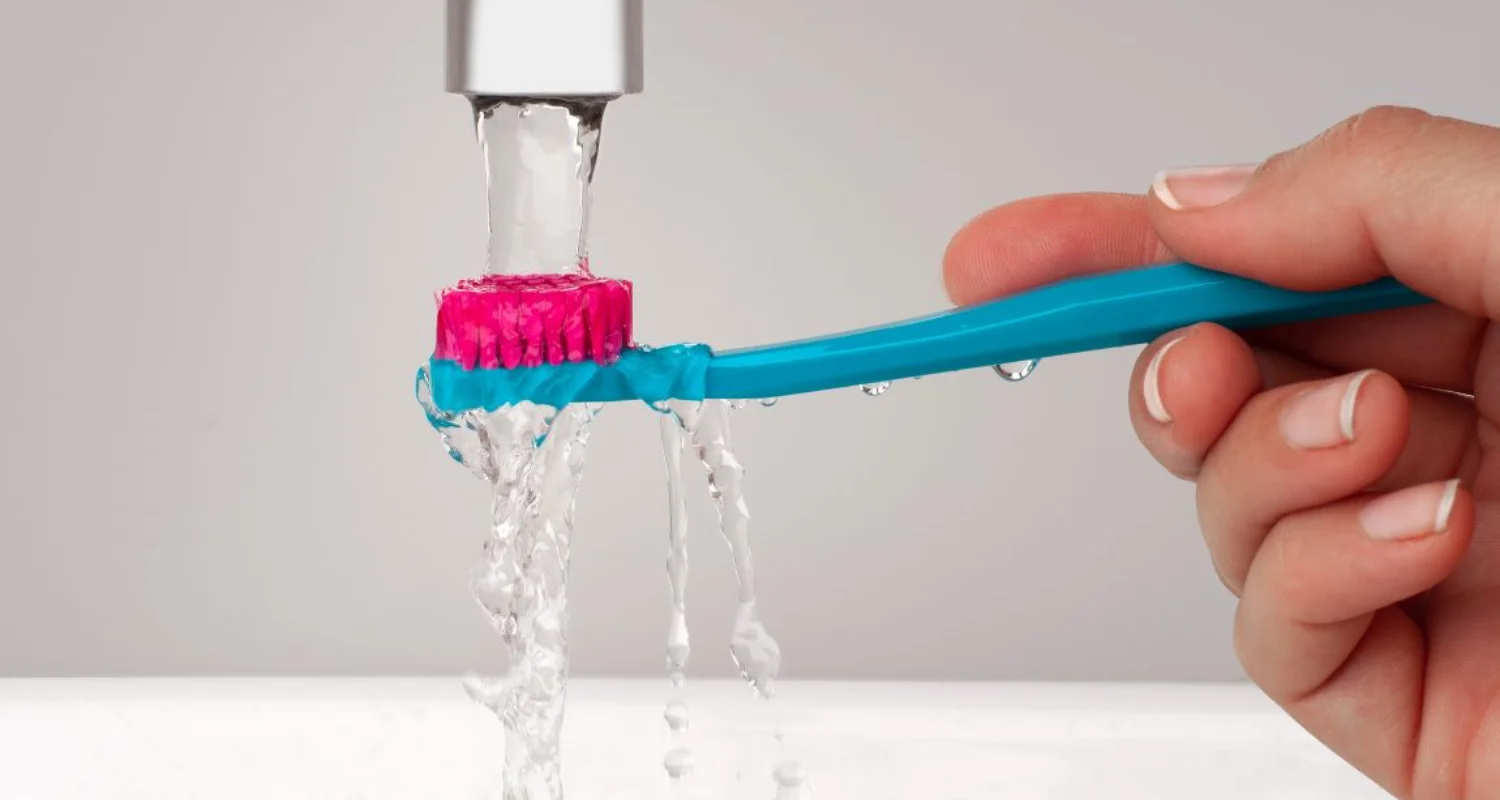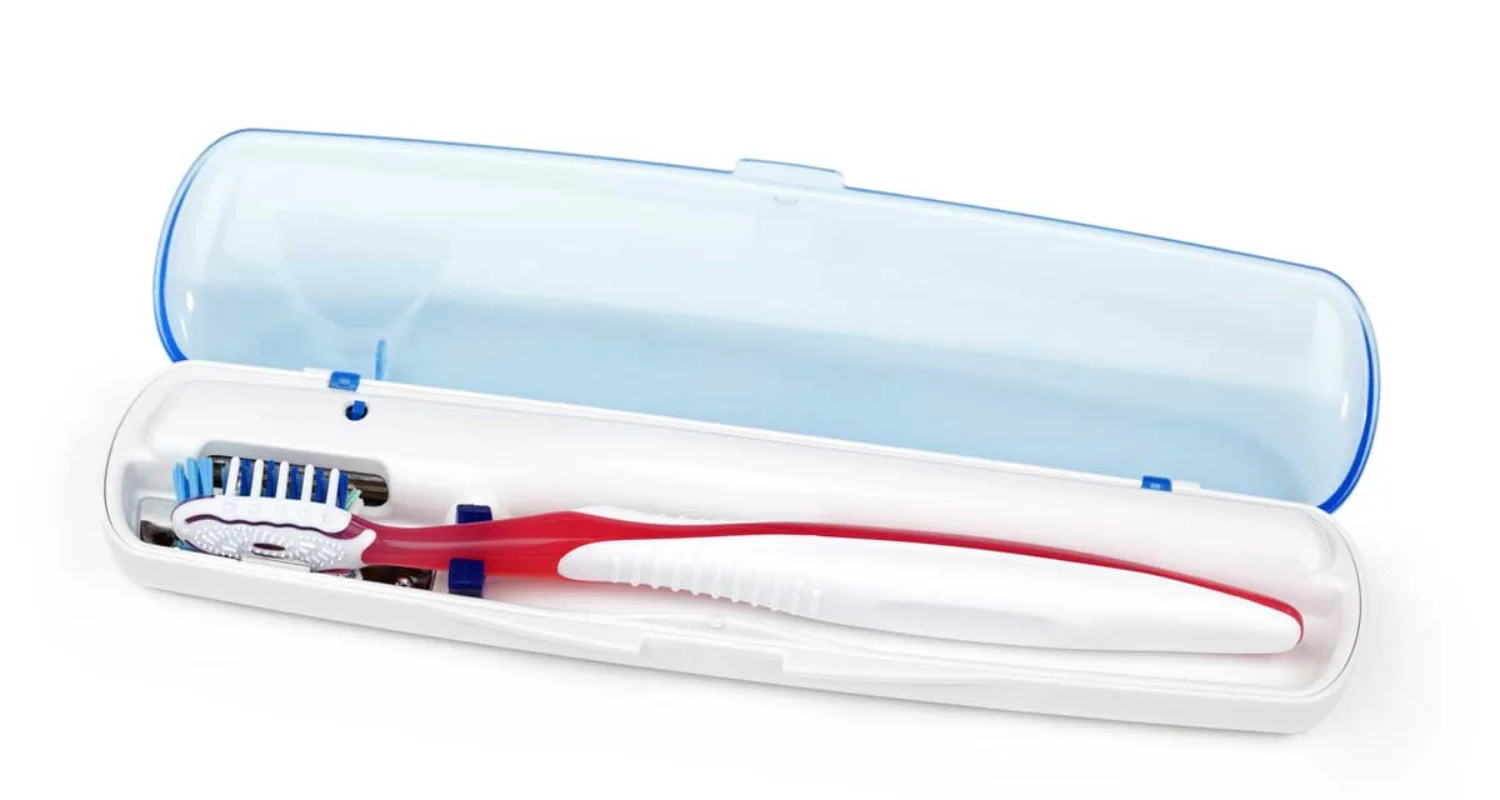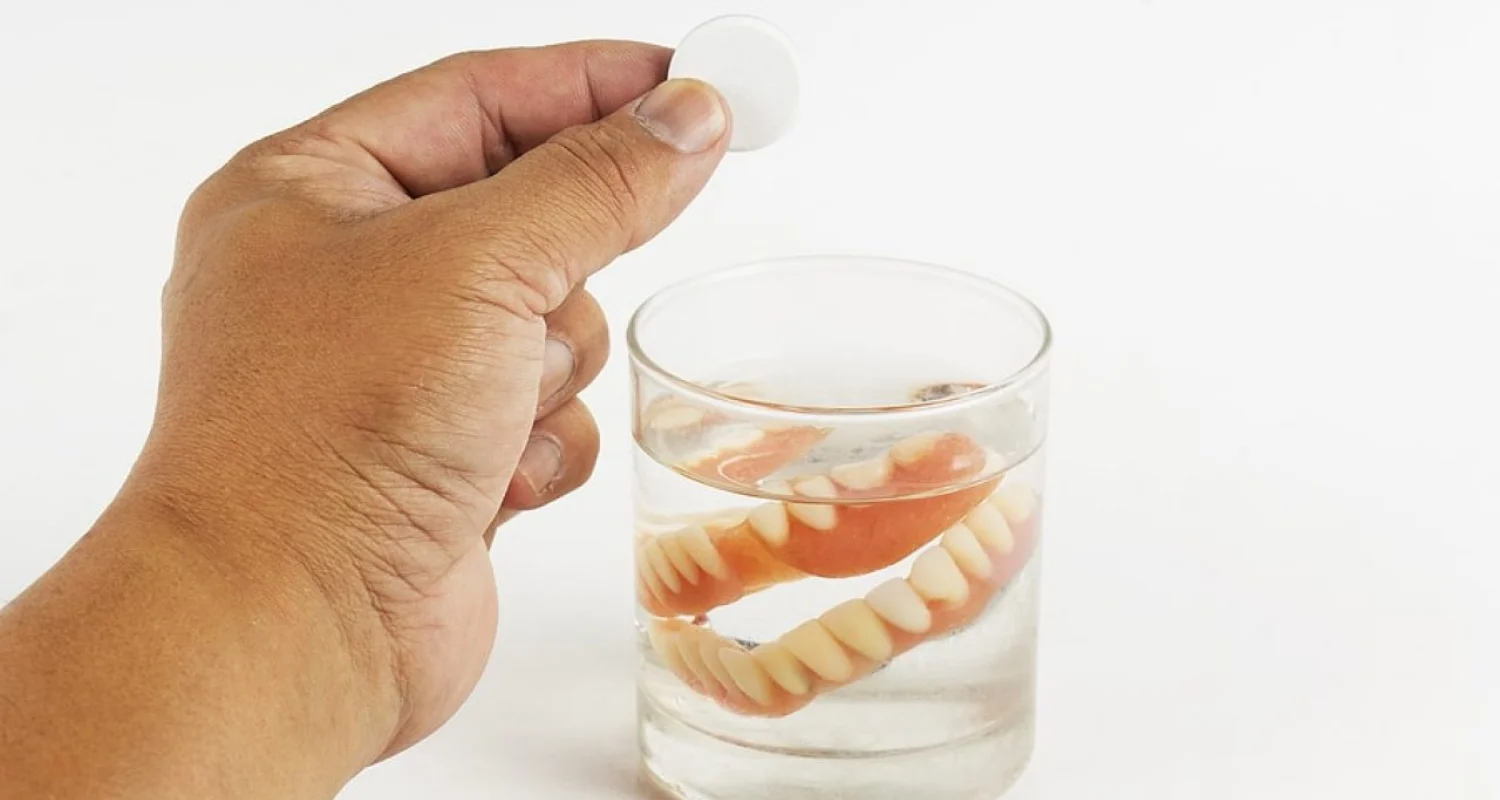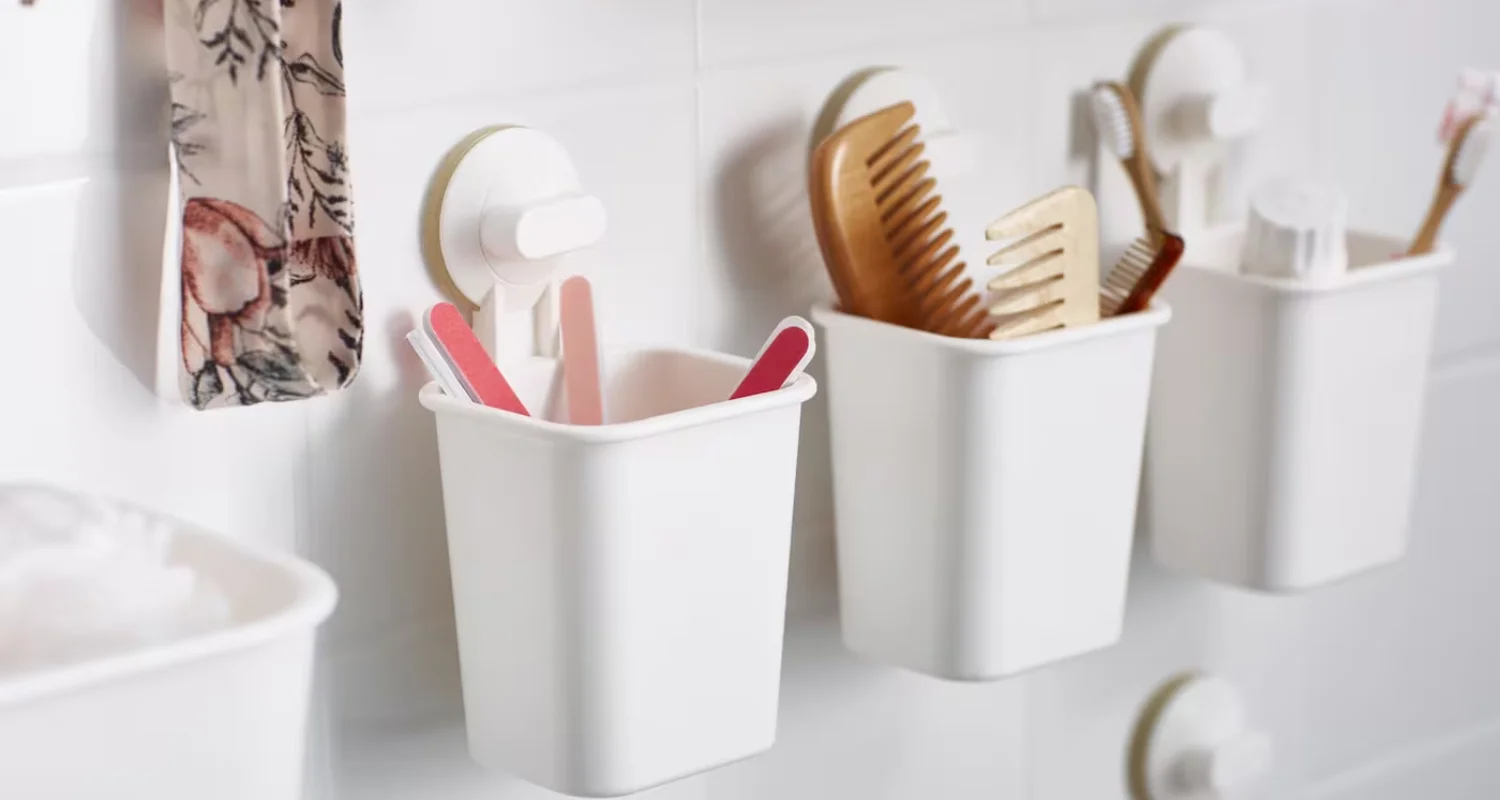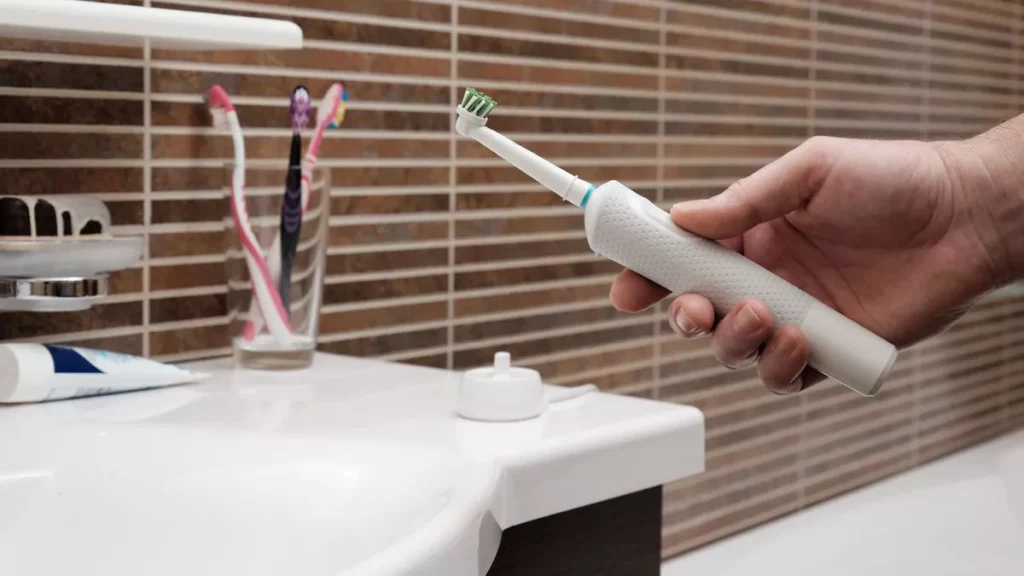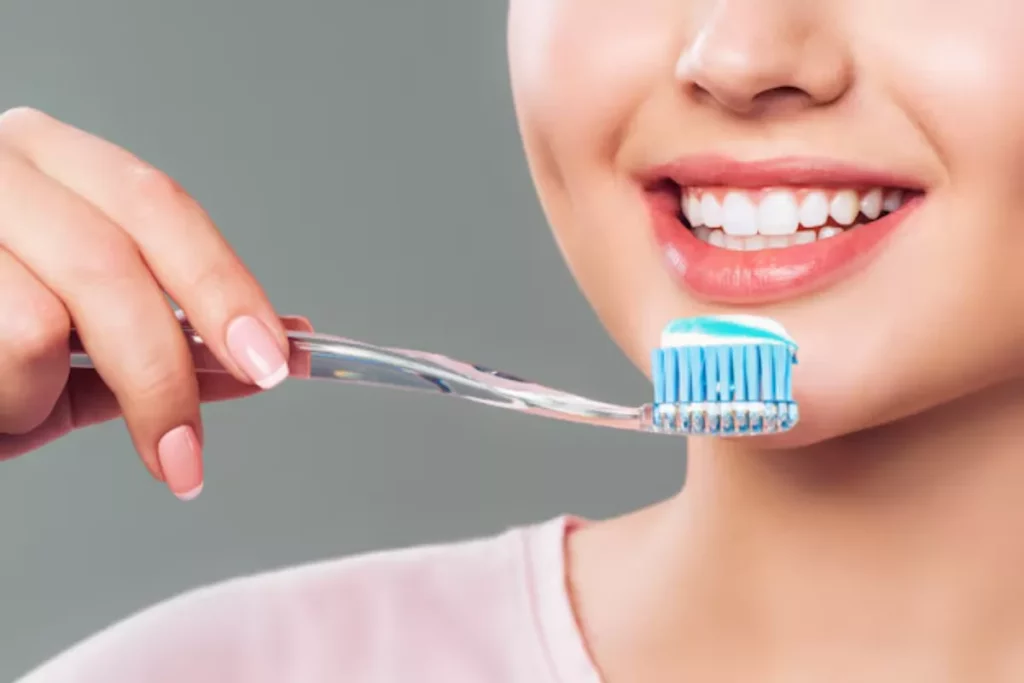Last Updated on: 15th December 2025, 10:09 am
Have you ever stacked your toothbrush in the medicine cabinet or left it in its holder without giving it a thorough cleaning? We all have done that at some point. However, what we might not realize is the ongoing risk associated with neglect and and not knowing the process of disinfecting a toothbrush.
Could a toothbrush rife with bacteria be doing more harm than good? Millions of bacteria reside in our oral cavity, including those found in dental plaque, so it should come as no surprise that these microorganisms gather on your toothbrush. Therefore, cleaning it every now and then is extremely beneficial.
In this article, we explore the different methods available for disinfecting a toothbrush, what products to use, and how to store them. Before we talk about the different ways to clean a toothbrush, we need to understand why it’s important to clean it in the first place. Keep reading to learn more!
Why is it important to clean your toothbrush?
Even though a toothbrush might seem harmless sitting in a cup on the bathroom counter, it harbors millions of bacterial strains. A 2011 study found that every toothbrush tested contained bacteria, including Staphylococcus aureus and Streptococcus mutans: both have proven to be harmful for the oral cavity.
It’s also likely that your toothbrush has Escherichia coli and feces-associated bacteria, especially if the sink where brushing occurs is not separated by a door. Additionally, toothbrushes can harbor strains like the flu virus, which can make users sick.
Best Methods for Disinfecting a Toothbrush
When it comes to good oral hygiene, disinfecting a toothbrush is very important. Here are a few effective ways to keep your toothbrush clean and safe:
1. Rinse with warm water: Immediately after using a toothbrush, wash it thoroughly in warm water. This helps to remove residual toothpaste, food particles, and other elements adhering to the brush.
2. Antibacterial mouthwash dip: Dipping your toothbrush in an antibacterial mouthwash such as Listerine for a few minutes will kill germ and bacteria. This method is particularly useful when you are ill. If you want to know more about mouthwash, click here!
3. Soak in hydrogen peroxide: Soak your toothbrush in 3% hydrogen peroxide for 15-30 minutes. This is an excellent measure to eradicate any bacterial growth.
4. Air dry: Mold and bacteria flourish in humid climates. Therefore, after rinsing and shaking off any additional water, store your toothbrush in an upright position without a cover until dry.
Research has shown that toothbrushes kept inside closed containers have significantly more microbes than those left to dry.
Can you use a dishwasher or UV sanitizer for disinfecting a toothbrush?
Using a dishwasher or UV sanitizer can be convenient and effective for cleaning your toothbrush, but each method has its pros and cons.
● Using the dishwasher: Placing your toothbrush in the dishwasher is an effortless method for disinfecting toothbrush bristles. If you want everything to work well, put it on the top shelf or in the cutlery tray. However, ensure that only the head gets washed in case you have an electric device.
● Using UV sanitizers: UV toothbrush cleaners are a modern technique for cleaning toothbrush bristles, killing germs with UV light. However, they do not kill all types of bacteria; over time, it might cause the plastic bristles to decay. Check some of the best models by clicking here!
Best Products for Disinfecting a Toothbrush
There are many ways to go about disinfecting a toothbrush, but using the right products is essential. Given below are a few that will help disinfect toothbrush bristles effectively:
● Hydrogen peroxide: Just mix a little hydrogen peroxide with water and use it to clean your toothbrushes. It will keep them free of any bacteria until the next time you use them.
Instructions for use: In a small cup, put 3% hydrogen peroxide solution and dip your toothbrush in it so that the bristles are submerged. Before using that brush the next time, run it under hot water. You will have to change the solution every day for effective results if you choose this method.
● Baking soda: Baking soda is the natural way to enjoy germ-free and clean toothbrushes. Add one cup of water with two teaspoons of baking soda and mix thoroughly together to completely dissolve the paste in the liquid. Let your toothbrush sit for about 15 minutes and take it out to dry.
● Denture cleaners: Even though they are made to clean dentures, effervescent denture pills are a great way to clean your toothbrush. The antibacterial properties of these tablets kill any bacteria inside while the foaming action removes any residues from the bristles.
Where and how to store your toothbrush to avoid contamination
To prevent toothbrush contamination, a dirty cup should never be the storage destination. Instead, put it in a holder that lets air flow through it. It may foster the growth of fungi and bacteria not normally found in the oral cavity. This eventually results in gum diseases such as gingivitis.
According to the American Dental Association, covering your brush every day is inadvisable since you might end up using it while laden with bacteria.
Given below are a few extra tips to take into consideration to further avoid any risk of bacterial contamination and protect your toothbrush:
● Do not store toothbrushes next to each other and use a toothpaste dispenser to prevent cross-contamination.
● Keep it away from the toilet to prevent contamination via “toilet plume”.
● Clean toothbrush covers and storage containers every two weeks to prevent bacterial buildup. Always air-dry the toothbrush before covering it.
Maintaining your dental health is worth the extra effort it takes to clean a toothbrush regularly. The effort to sanitize, whether by boiling it in water, soaking it in antibacterial mouthwash, or using other effective methods, is always worthwhile as it contributes to a better and safer oral care routine.
Frequently Asked Questions
How can I disinfect my toothbrush?
To disinfect a toothbrush, rinse it thoroughly with warm water after each use and soak it in antibacterial mouthwash or hydrogen peroxide for a few minutes. Additionally, allowing the toothbrush to air dry upright without a cover is important to prevent bacterial growth.
Is storing your toothbrush in the bathroom bad for oral health?
Storing your toothbrush in the bathroom can be problematic if it’s too close to the toilet, as it can be exposed to airborne bacteria. It’s best to store your toothbrush in an upright position where it can air dry, away from the toilet and sink, to minimize contamination.
What is the best way to disinfect a toothbrush?
The best way to disinfect a toothbrush is by soaking it in a 3% hydrogen peroxide solution for 15-30 minutes. You can also dip it in antibacterial mouthwash for a few minutes or use a UV sanitizer. However, it’s important to let it air dry completely after cleaning.
Can you sanitize a toothbrush with alcohol?
While alcohol has disinfectant properties, it is not the recommended method for sanitizing a toothbrush. Instead, hydrogen peroxide, antibacterial mouthwash, or UV sanitizers are more effective and safer for the toothbrush bristles.
Do toothbrushes collect bacteria?
Yes, toothbrushes can collect bacteria, including harmful strains like Staphylococcus aureus and Streptococcus mutans. Toothbrushes may also harbor bacteria like Escherichia coli, especially if stored near the toilet. Regular cleaning and proper storage are essential to minimize bacterial contamination.
Share
References
1. Kathryn W. (Jun, 2020) How to Disinfect Your Toothbrush and Keep It Clean. Healthline. https://www.healthline.com/health/dental-and-oral-health/how-to-clean-toothbrush
2. Clinic, C. (2024, June 27). How To Clean Your Toothbrush. Cleveland Clinic. https://health.clevelandclinic.org/wash-it-soak-it-pitch-it-4-tips-for-a-clean-toothbrush
3. Tan, S. (2022, April 8). How to Clean Your Toothbrush. WebMD. https://www.webmd.com/oral-health/how-to-clean-toothbrush
4. Smilesofroundlake. (2022, July 27). How to disinfect your Toothbrush. SMILES OF ROUND LAKE DENTIST. https://smilesofroundlake.com/how-to-disinfect-your-toothbrush/#:~:text=Use%20Baking%20Soda%20%E2%80%93%20Stir%20two,dry%20completely%20before%20using%20it.
5. Piñol, M. M. (2024, January 18). How to disinfect your toothbrush? Laboratorios KIN. https://www.kin.es/en/como-desinfectar-cepillo-de-dientes/
-
Nayibe Cubillos M. [Author]
Pharmaceutical Chemestry |Pharmaceutical Process Management | Pharmaceutical Care | Pharmaceutical Services Audit | Pharmaceutical Services Process Consulting | Content Project Manager | SEO Knowledge | Content Writer | Leadership | Scrum Master
View all posts
A healthcare writer with a solid background in pharmaceutical chemistry and a thorough understanding of Colombian regulatory processes and comprehensive sector management, she has significant experience coordinating and leading multidisciplina...

